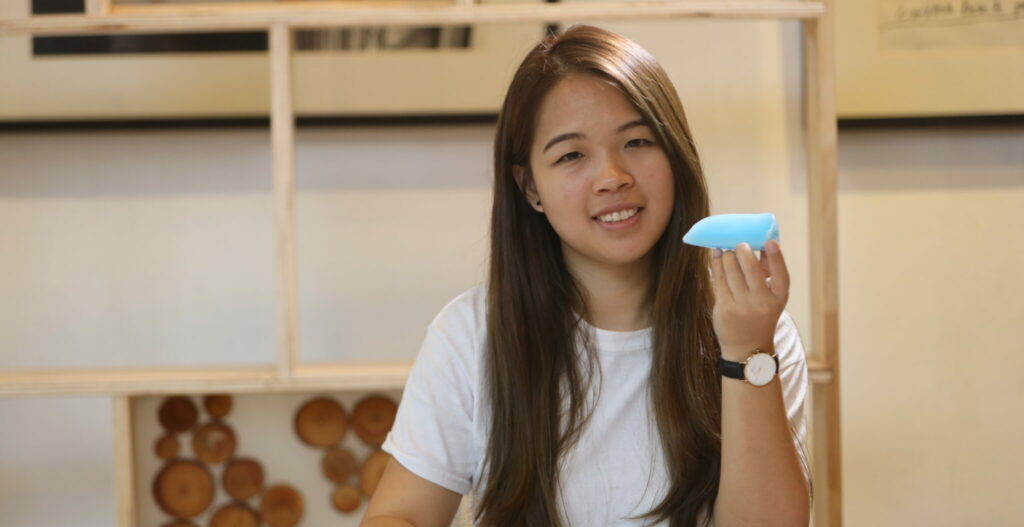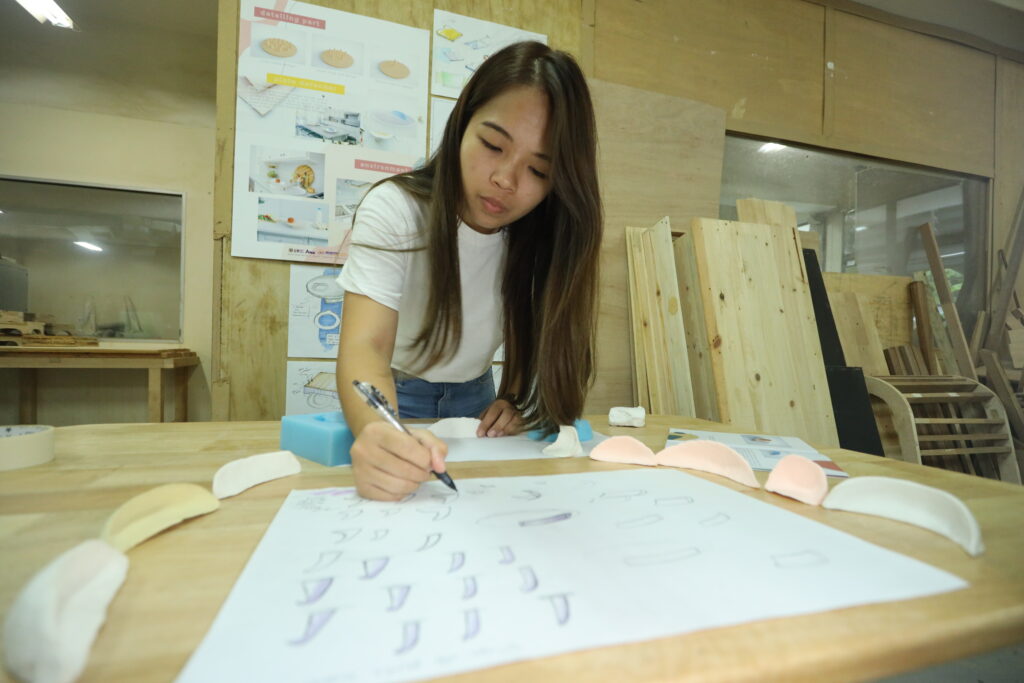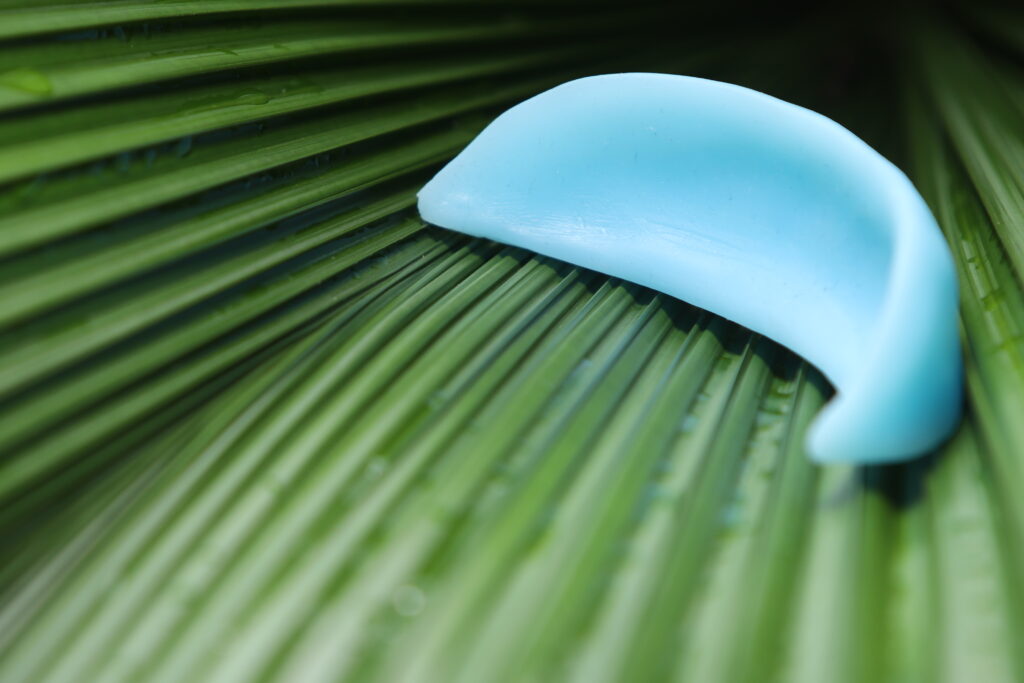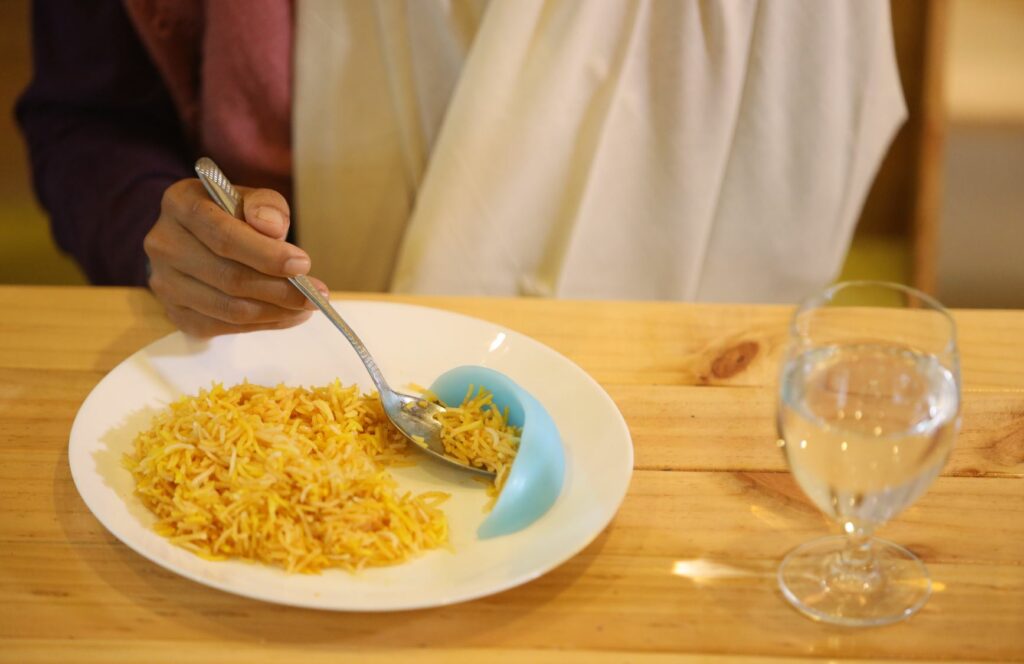
This amazing Eat.Easy invention literally takes the cake at James Dyson Award for Malaysia
Since their inception in 2007, the James Dyson Award has become a byword for aspiring students to showcase out of the box innovation. Much like the philosophy behind Sir James Dyson’s approach to solving problems, the James Dyson Award tasks students to solve problems facing the world at large with a combination of design, engineering and creativity.

The competition takes place across multiple 27 including Malaysia with one national winner and four finalists chosen for each country. In Malaysia, fittingly seeing our preoccupation with food, our national winner for the James Dyson Award competition in Malaysia goes to one Sarah Moi Shi Li who created something that could help the physically challenged to eat on their own. Enter the Eat.Easy.

Things that we take for granted like eating a meal are often turned into massive challenges when we lose function in a limb. Sarah’s Eat.Easy invention helps people with function only in one limb such as amputees, stroke sufferers and those with hand injuries to each in a natural, effective fashion with one hand.
Essentially, the Eat.Easy is a tool made of food-grade silicon that attaches to a plate to function as a wall upon which users and shovel food from the plate onto a spoon with just a single hand. It sounds simple but what it does makes a world of difference. We took the opportunity to have a chat with the National Winner to find out more about what led to her creating her innovative invention even as she heads on to the next leg of the competition.
What was the inspiration behind the creation of Eat. Easy?
Table of Contents
I got inspired by my own experience when I had eczema on my fingers. It was hard for me to work, – especially when the skin on my finger was cracking and itchy. It made me wonder how a person could achieve tasks with the use of one hand. I had decided to start research on how hand amputees completed their daily activities as part of my final year project. I got to know a lot of their struggles which gave me an idea on solving ways of eating one-handed.
How does Eat. Easy work? When will it hit the market and available for purchase?
The primary purpose of this product is to help those with hand amputation, a person with a broken arm and others who are restricted to eating with only a spoon on a plate. Sometimes food might just fall off a plate or people would not be able to finish everything on the plate without the use of a fork. Eat.Easy is a plate defender made from food grade silicon and is portable, non-slippery on a plate and easy to wash. It only requires plating on a flat plate to have their meal. With Eat.Easy, they can now easily have their meal with only a spoon. It won’t hit the market anytime soon but in the future, we aim to develop Eat.Easy further into a better and different experience.

Who holds the IP for Eat. Easy? How do you plan to take the design to mass production?
All copyright for the Eat.Easy is held by University Sains Malaysia because it is a final year project for my degree. I am the inventor of Eat.Easy and was supervised by Dr. Muhammad Jameel Bin Mohamed Kamil, who acted as my supervisor for my final year project. For now, there are still plans for further developments.
How did you find out about James Dyson Award? What inspired you to participate? How was your experience with the competition so far?
I got to know about the James Dyson Award through a design engineering workshop at my university that was organised by the James Dyson Foundation. It was easy to join the competition and the submission process allowed me to share my story with ease. The JDA is an excellent platform for students to share their inventions with the world.
Many households in Asia tend to use bowls and chopsticks. How do you plan to refine future iterations of Eat. Easy to accommodate for these people in mind?
That could be a separate invention or a different version of Eat. Easy in the future that caters specifically to those who tend to use bowls and chopsticks. It could be hard for someone who had an amputee hand or broken arm on their dominant hand and to use the non-dominant hand to achieve their tasks.

0 Comments